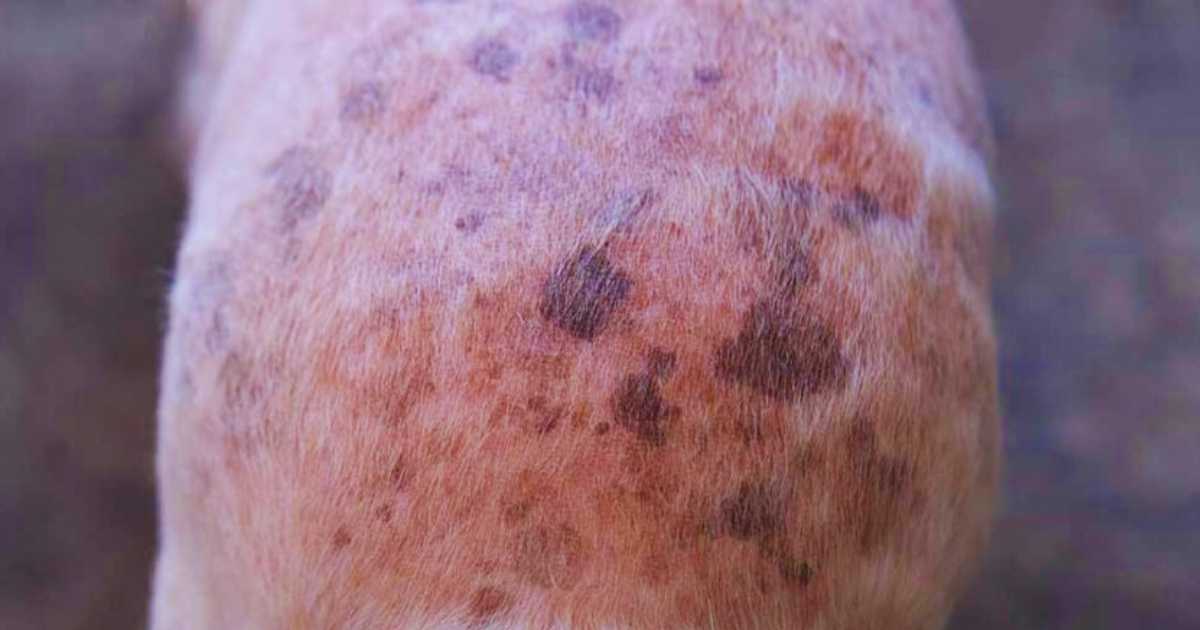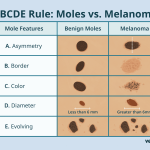Black Moles on Dogs Skin: Understanding the Condition
Are you concerned about the strange black spots or moles that have suddenly appeared on your dog’s skin? You’re not alone! As a responsible and caring pet owner, it’s natural to worry about any unusual changes in your furry friend’s appearance. But what do these black moles really mean?
The Importance of Identifying Black Moles
Dogs are known for their unique characteristics, and sometimes these quirks can be more than just a cute feature. When it comes to black moles on dogs’ skin, understanding what they are and why they appear is crucial for maintaining your pet’s overall health and well-being.
What Causes Black Moles?
The first thing to know about black moles is that they’re not actually moles at all – but rather a type of skin growth. These dark spots can occur due to various reasons, including genetics, hormonal imbalances, or even certain medical conditions. In some cases, black moles might be a sign of an underlying issue, making it essential to consult with your veterinarian for proper diagnosis and treatment.
In our next section, we’ll delve deeper into the different types of black moles that can appear on dogs’ skin, exploring their causes and possible implications. Stay tuned!

Types of Black Moles on Dogs’ Skin
While black moles can appear in various forms, they’re generally classified into two main categories: benign and malignant.
Beneath the Surface: Benign Black Moles
Benign black moles are the most common type and typically pose no threat to your dog’s health. These growths usually arise from pigment-producing cells called melanocytes, which can cause a cluster of dark spots to appear on the skin.
A classic example is the pigmented mole, characterized by small, round, and usually harmless growths. These moles can occur anywhere on your dog’s body but are more common in areas exposed to the sun, such as the nose, lips, and ears.
A Cause for Concern: Malignant Black Moles
While rare, malignant black moles can be a sign of an underlying condition or even cancer. These growths often appear rapidly, are irregularly shaped, and may have visible blood vessels on the surface.
The most common type is melanoma, which can spread quickly if left untreated. Other conditions that might cause malignant black moles include histiocytosis or mast cell tumors.
When to Seek Professional Help
If you’ve noticed any of the following, it’s crucial to consult your veterinarian:
- New or changing growths on your dog’s skin
- Growth that bleeds, ulcerates, or becomes inflamed
- A growth that grows rapidly or changes shape
- Your dog is showing signs of discomfort or pain due to the growth
Remember, it’s always better to err on the side of caution when it comes to your dog’s health. If you’re unsure about a particular black mole or have concerns, don’t hesitate to schedule an appointment with your veterinarian.
To Be Continued…
In our next section, we’ll explore the best practices for diagnosing and treating black moles on dogs’ skin. Stay tuned for valuable insights from veterinary experts and learn how to keep your furry friend healthy and happy!
Expert Advice for Your Furry Friend
Get personalized guidance on caring for your dog, including black moles on their skin.
Start chatting with a dog care expertSummarizing Key Points
In this article, we’ve explored the mysterious world of black moles on dogs’ skin. Here’s a quick recap:
- We discussed why identifying these black spots is crucial for your dog’s overall health and well-being.
- We uncovered that black moles are actually a type of skin growth, not actual moles!
- We touched on the possible causes of black moles, including genetics, hormonal imbalances, or underlying medical conditions.
Final Insights and Conclusion
As we’ve seen, black moles on dogs’ skin can be more than just a cosmetic concern. As responsible pet owners, it’s essential to stay vigilant and consult with your veterinarian if you notice any unusual changes in your furry friend’s appearance.
By understanding the possible causes and implications of these mysterious spots, you’ll be better equipped to ensure your dog receives the proper care and attention they deserve.
A Call to Action
So, what can you do next? Start by scheduling a consultation with your veterinarian if you’ve noticed black moles on your dog’s skin. Together, you’ll work to determine the cause of these mysterious spots and develop a plan for any necessary treatment or monitoring.
And remember: as always, an ounce of prevention is worth a pound of cure! By staying informed and proactive about your dog’s health, you’ll be taking a giant leap towards giving them the longest, happiest life possible.
Burning pain in chest when coughing: Are you experiencing a burning sensation in your chest when you cough? This could be more than just a minor annoyance. Learn how to identify the underlying causes of this symptom and take steps to alleviate your discomfort.
Low iron saturation: A critical health indicator: Iron is essential for healthy blood flow, but did you know that low iron saturation can have far-reaching consequences? Discover the importance of monitoring your iron levels and what to do if they’re out of balance.




